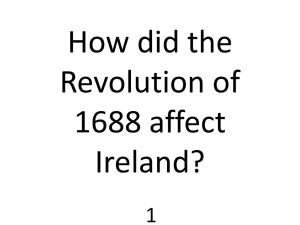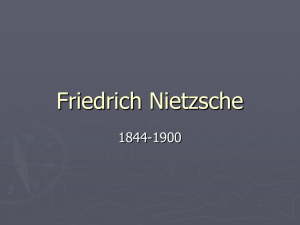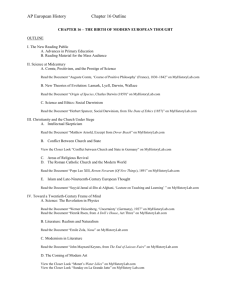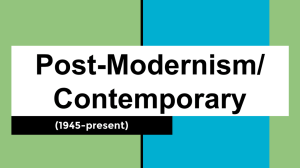This volume will make available for the first time a... printed, manuscript and visual material ... The Cultivation of Monarchy and the Rise of Berlin:
advertisement
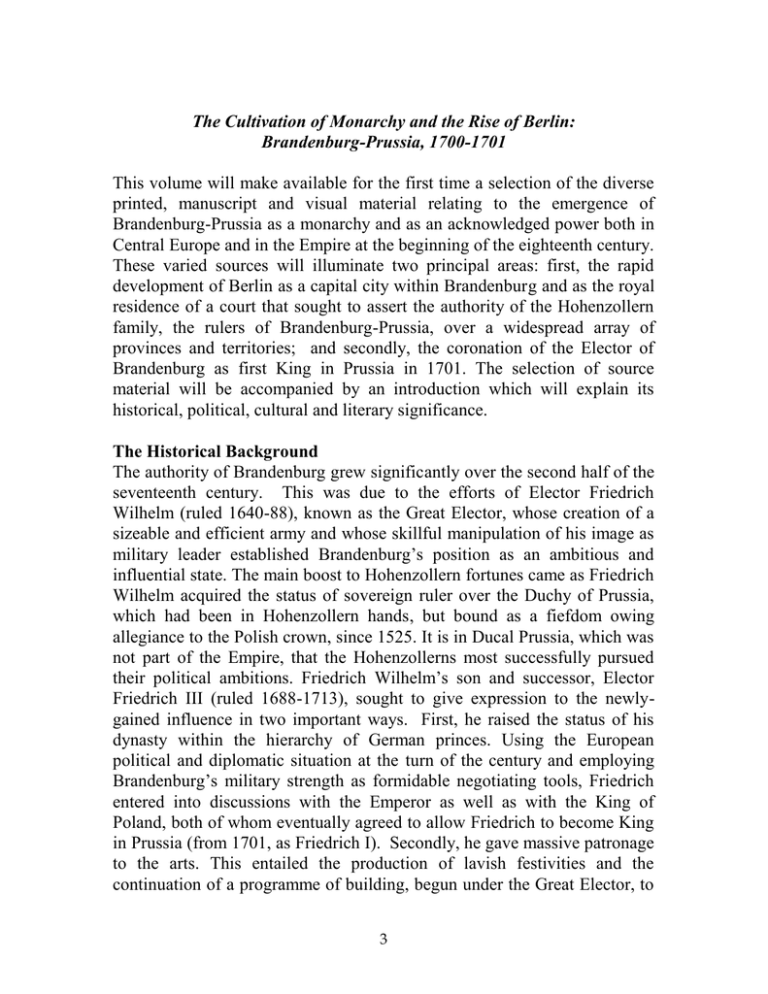
The Cultivation of Monarchy and the Rise of Berlin: Brandenburg-Prussia, 1700-1701 This volume will make available for the first time a selection of the diverse printed, manuscript and visual material relating to the emergence of Brandenburg-Prussia as a monarchy and as an acknowledged power both in Central Europe and in the Empire at the beginning of the eighteenth century. These varied sources will illuminate two principal areas: first, the rapid development of Berlin as a capital city within Brandenburg and as the royal residence of a court that sought to assert the authority of the Hohenzollern family, the rulers of Brandenburg-Prussia, over a widespread array of provinces and territories; and secondly, the coronation of the Elector of Brandenburg as first King in Prussia in 1701. The selection of source material will be accompanied by an introduction which will explain its historical, political, cultural and literary significance. The Historical Background The authority of Brandenburg grew significantly over the second half of the seventeenth century. This was due to the efforts of Elector Friedrich Wilhelm (ruled 1640-88), known as the Great Elector, whose creation of a sizeable and efficient army and whose skillful manipulation of his image as military leader established Brandenburg’s position as an ambitious and influential state. The main boost to Hohenzollern fortunes came as Friedrich Wilhelm acquired the status of sovereign ruler over the Duchy of Prussia, which had been in Hohenzollern hands, but bound as a fiefdom owing allegiance to the Polish crown, since 1525. It is in Ducal Prussia, which was not part of the Empire, that the Hohenzollerns most successfully pursued their political ambitions. Friedrich Wilhelm’s son and successor, Elector Friedrich III (ruled 1688-1713), sought to give expression to the newlygained influence in two important ways. First, he raised the status of his dynasty within the hierarchy of German princes. Using the European political and diplomatic situation at the turn of the century and employing Brandenburg’s military strength as formidable negotiating tools, Friedrich entered into discussions with the Emperor as well as with the King of Poland, both of whom eventually agreed to allow Friedrich to become King in Prussia (from 1701, as Friedrich I). Secondly, he gave massive patronage to the arts. This entailed the production of lavish festivities and the continuation of a programme of building, begun under the Great Elector, to 3 transform Berlin from a provincial town into a capital city, testifying to the prestige and assertiveness of the Hohenzollern dynasty. Notes on Sources These developments are reflected in the work of Friedrich’s court poet, Johann von Besser (1654-1729), a clergyman’s son who entered electoral service in the 1680s and held a variety of posts, including Brandenburg’s envoy to the courts of Charles II and James II. In his capacity as court poet and master of ceremonies he produced two particularly striking documents: his report of the wedding of Friedrich’s daughter to the son of another Calvinist ruler, the Landgrave of Hessen-Kassel, in 1700; and his account of Friedrich’s coronation in Königsberg a year later. The first, Beschreybung des Beylagers nebst allen dabey vorgefallenen Festen und Lustbarkeiten (Description of the Wedding including all the Festivities and Divertissements that occurred on that Occasion [c.40 pages]), provides a vivid impression of Berlin, its architecture, its novelties and, to a certain extent, even its topography. Besser is careful to present the city as the permanent backdrop to all the wedding festivities, which include triumphal processions, operas, and firework displays, as well as visits to the newly-built Zeughaus (arsenal) and the Roman-style amphitheatre. The second, Besser’s Krönungs-Geschichte (History of the Coronation [c.95 pages]), contains occasional verse celebrating the ruler, his ancestors and family, an account of the events that occurred on the day of Friedrich’s coronation in Königsberg, including a detailed record of the coronation ceremonial and the etiquette that informed the subsequent celebrations, plus an outline of the fortnight’s revelry marking this occasion. After a stay of two months in Königsberg the court returned in triumph to Berlin. Besser provides a detailed account of the entry, describing the triumphal arches erected by the citizens of Berlin to welcome the royal party and draws attention to the display of military might accompanying the event. Indeed, the degree of reference to military themes in both of Besser’s works is striking. These documents are complemented by a volume of engravings of the Königsberg coronation, a copy of which is held at the Kunstbibliothek, Berlin, as well as by reports of diplomats who attended the wedding. In addition, Besser’s personal notes on the coronation procedure as well as his diary of court ceremonial provide further insight into the character and preoccupations of the court and his duties as its chronicler. These 4 manuscripts are held in the Public Record Office, Kew, and in the Staatsarchiv, Dresden. The Broad Perspective Without the establishment of the Prussian monarchy in 1701, the later Prussian-dominated German Empire would not have come into being in 1871 and the course of twentieth-century European history with its two world wars would have been entirely different. It is thus particularly appropriate now—at a time when Berlin is recovering from the consequences of the Second World War and half a century’s division and is striving simultaneously to develop into a European metropolis—to reflect on the building of the first capital in 1700/01. Karin Friedrich Sara Smart SSEES, London University of Exeter 5


